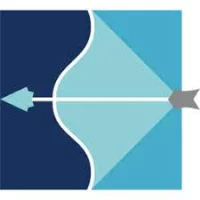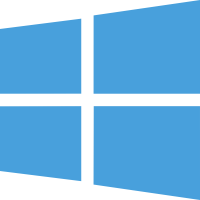

 Windows
Windows
It revolutionizes operational modal analysis with its powerful features and user-friendly interface. This platform enables engineers and researchers to perform detailed modal analysis on structures and systems, uncovering critical insights into their behavior and characteristics.
The software allows for direct geometry generation or easy import of measurements from various popular file formats. This flexibility streamlines the analysis process.
Its capabilities are only limited by the processing power of your PC. It can handle numerous channels and samples, providing the versatility for complex analyses.
The platform quickly identifies mode shapes, natural frequencies, and damping ratios in the frequency domain, providing essential insights into the system's dynamic behavior.
It employs time domain data-driven algorithms for unbiased identification of mode shapes, natural frequencies, and damping ratios. This comprehensive approach ensures accurate results.
The software accommodates multiple test setups and reference points, including an automatic mode shape merging feature. This facilitates a thorough analysis of different configurations.
It simplifies the setup process with an effective and easy-to-use signal processing configuration wizard. This aids users in configuring the analysis according to their requirements.
The platform boasts three Frequency Domain Decomposition algorithms and four-time domain Crystal Clear Stochastic Subspace Identification algorithms. These advanced techniques yield immediate mode shape animations and precise results.
The integration of Fast Crystal Clear Stochastic Subspace Identification significantly enhances the modal identification process, improving efficiency without compromising accuracy.
Users can opt for automatic preliminary modal analysis, including harmonic detection. This saves time and offers valuable insights into the system's behavior.
The software provides stabilization diagrams that help distinguish between physical and computational modes, enhancing the reliability of the analysis.
It allows for synthesizing response spectra and correlation functions, aiding in validation and verification processes.
The software calculates the MAC matrix between mode shapes from different projects, enabling effective comparisons and cross-validation.
The platform offers seamless report generation using Microsoft® Office programs Word and PowerPoint. This feature simplifies the documentation process and enhances collaboration.
OS: Windows 10/11 (64-bit)
CPU: Intel® 64-bit processor architecture
Memory: 4GB of RAM (8GB or more recommended)
Space: 10GB of available hard disk space (100GB recommended for optimal performance)
Display: 1,024x768 screen resolution or higher
Artemis Modal Pro stands as a testament to innovation in operational modal analysis. Its combination of proven algorithms from ARTeMIS Extractor and new, powerful features makes it a vital tool for engineers and researchers seeking comprehensive insights into the dynamic behavior of structures and systems. With its user-friendly interface and diverse capabilities, it is poised to reshape how modal analysis is conducted in various industries.